
The esteemed A-10 Thunderbolt II, fondly known as the Warthog, has served as the backbone of the United States Air Force in close air support roles for many years.
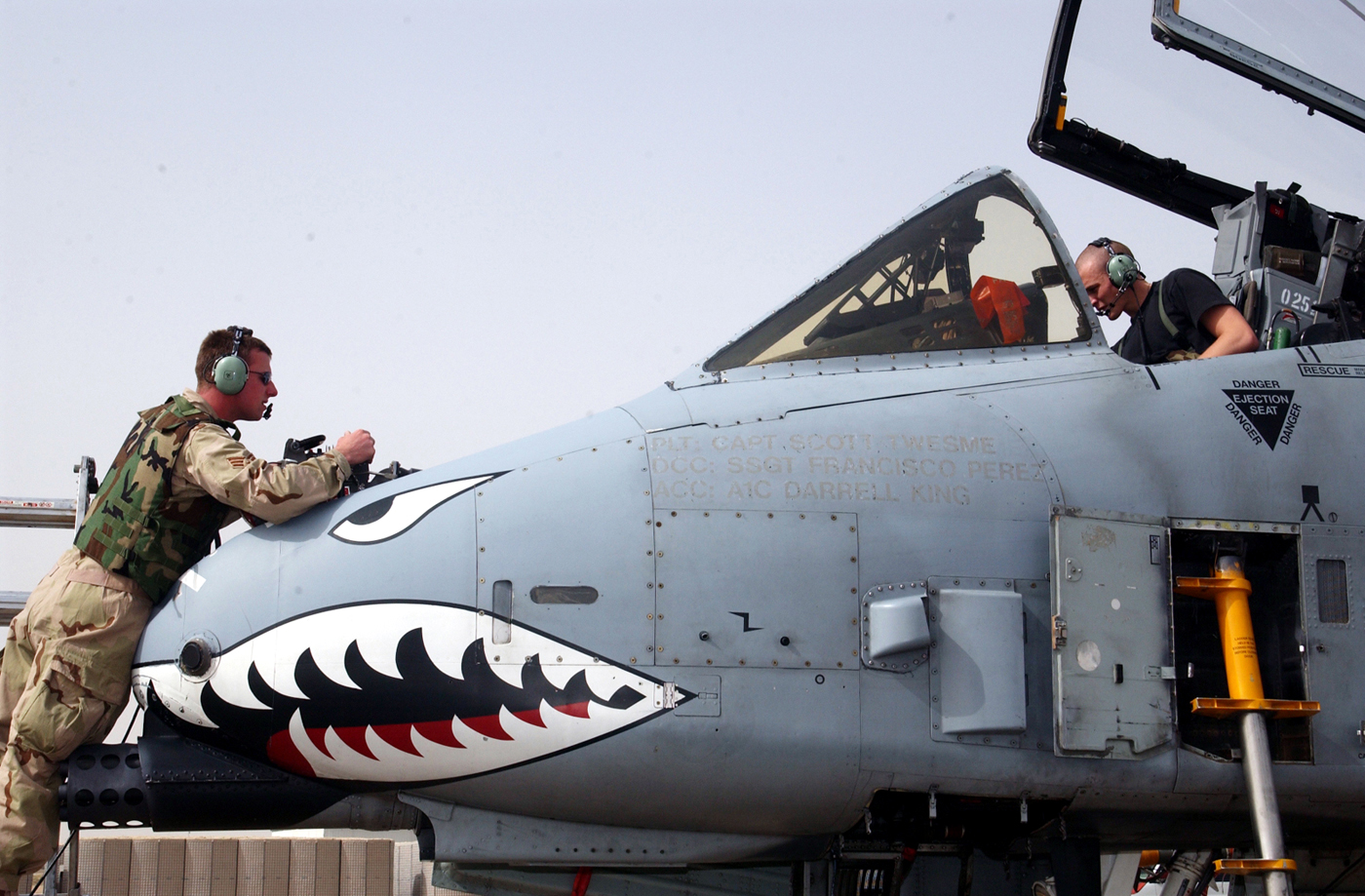
However, discussions on replacing this aging but revered aircraft have gained traction, with the A-29 Super Tucano emerging as a contentious contender.
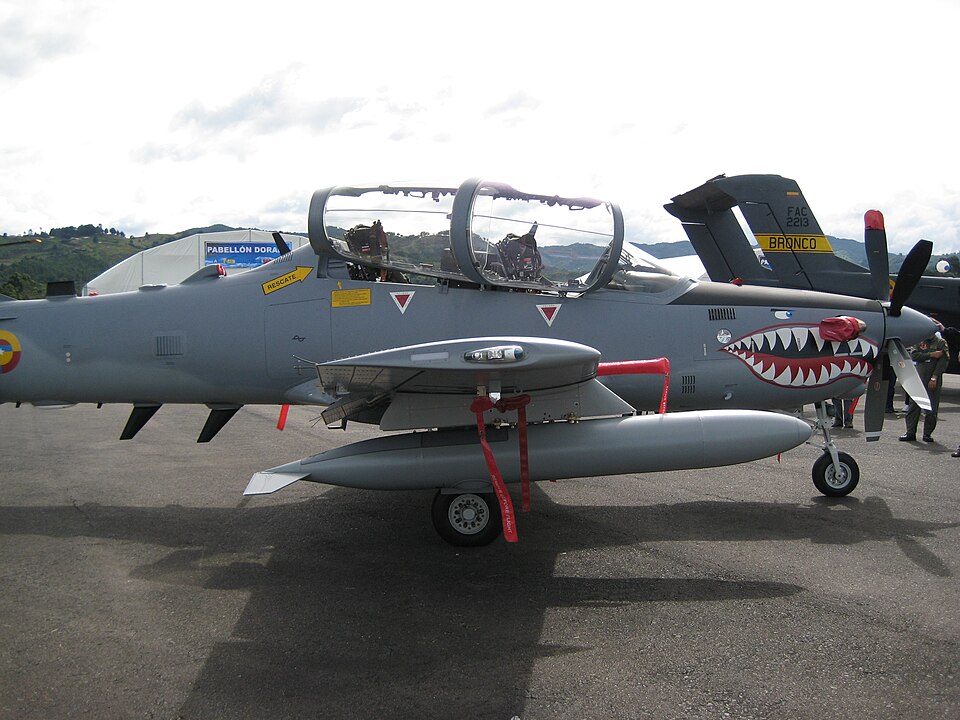
The A-29, built by Brazil’s Embraer, is a propeller-driven light attack aircraft that has made a name for itself, especially amongst U.S. Special Forces.

It’s lauded for its close air support capabilities, wherein its slower speed allows for more precise support for ground forces and extended loiter times over battlefields.
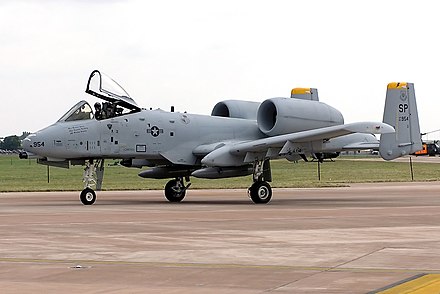
Equipped with .50-caliber machine guns and capable of carrying a payload of up to 3,714 pounds of external weapons, the Super Tucano is undoubtedly a capable aircraft.
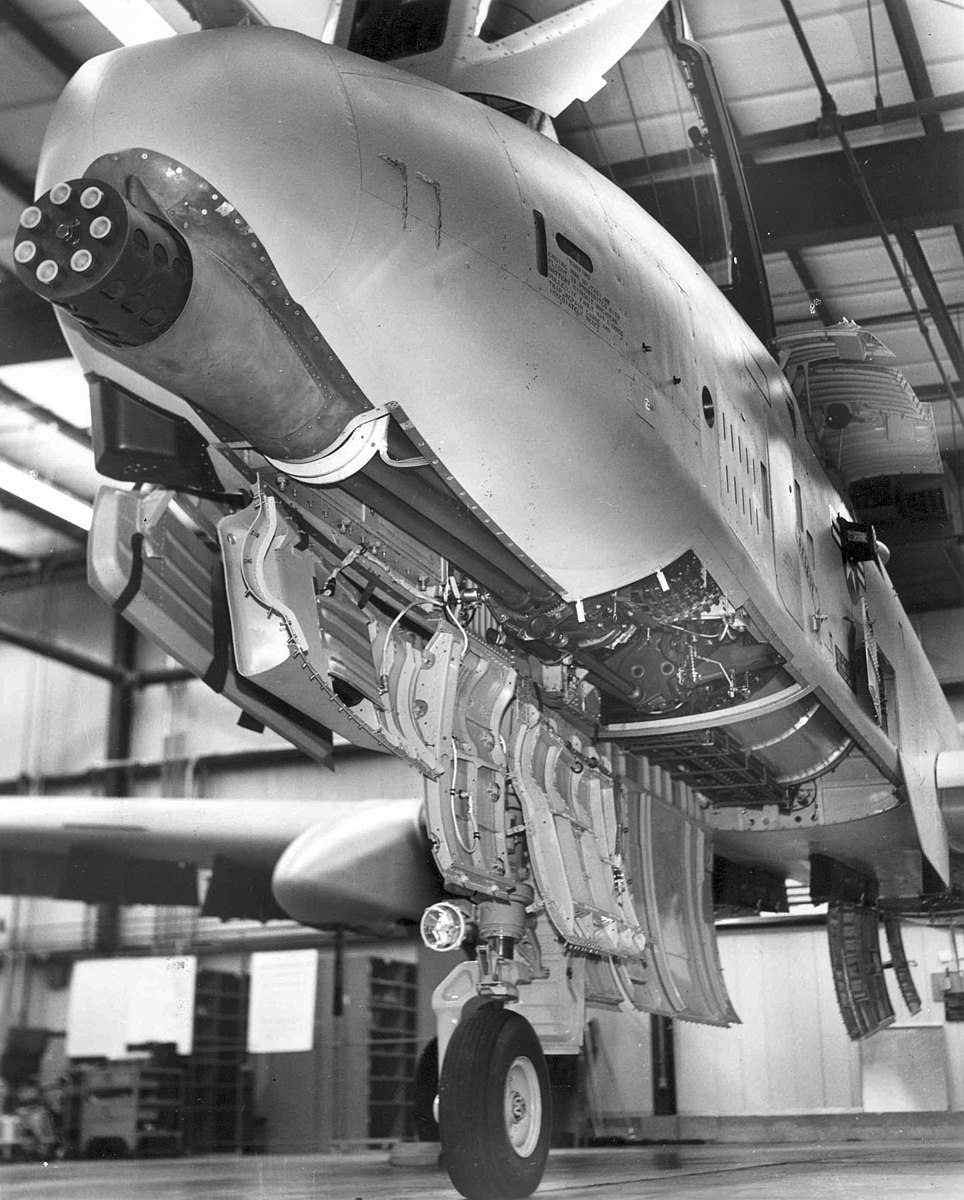
The A-10, renowned for its heavy armor, faster speed of around 420 miles per hour, and a payload of up to 16,000 pounds of ordnance, dwarfs the Super Tucano in these aspects.
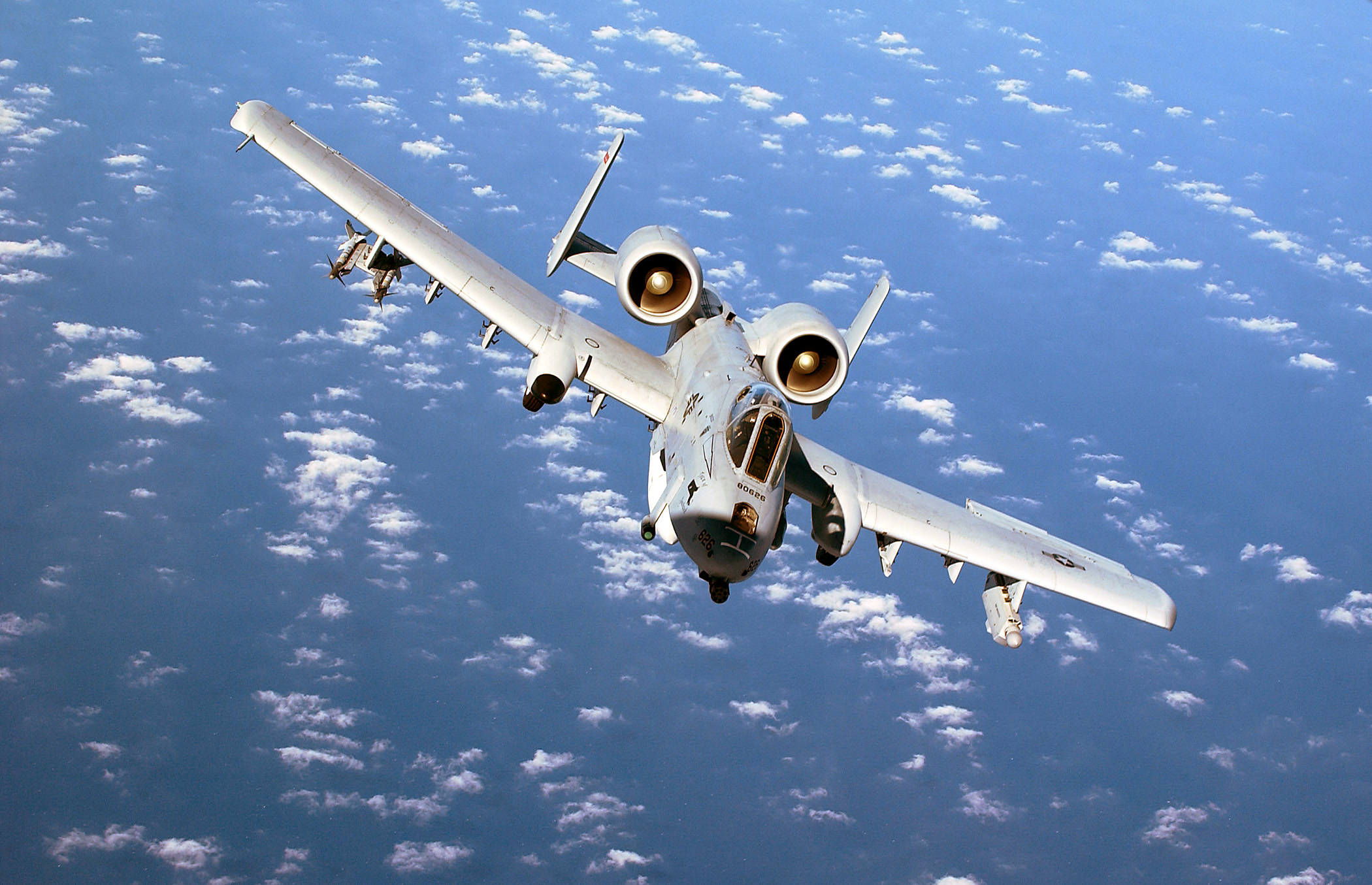
Perhaps the most iconic feature of the Warthog, its 30mm Gatlin gun, is absent in the A-29.
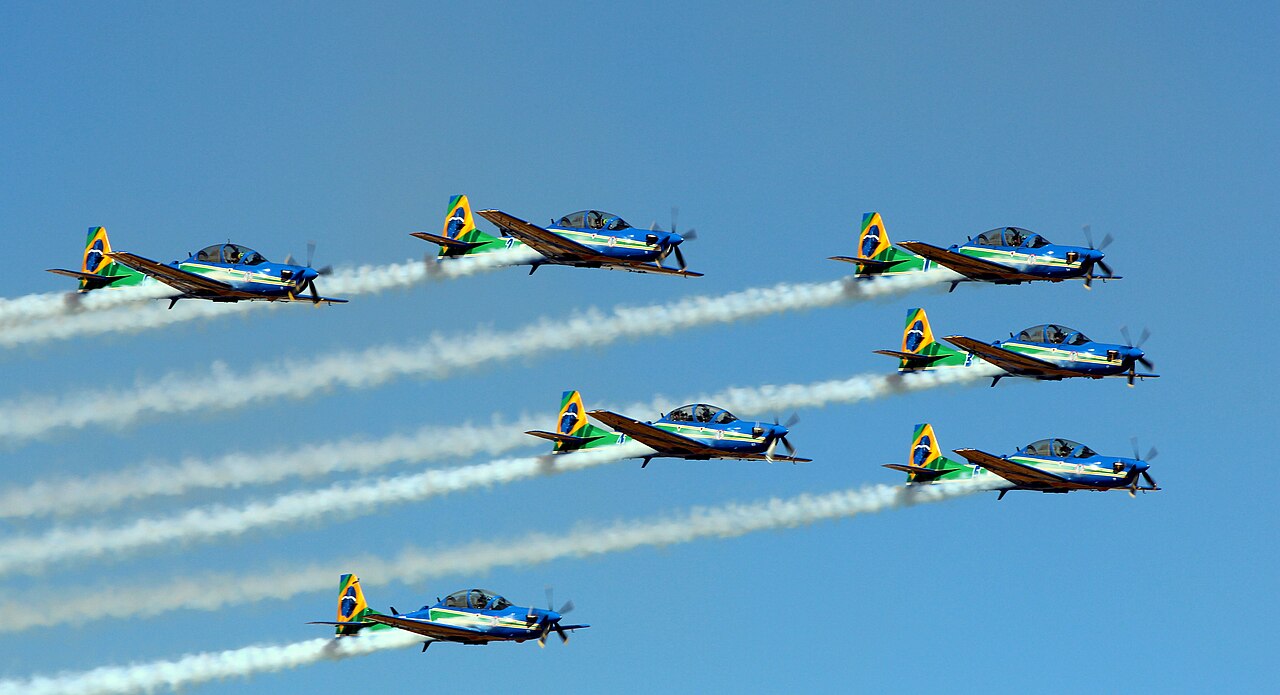
Therefore, it’d probably take three or four A-29s to do the work of a single A-10.

The U.S. Air Force, recognizing the potential for a cost-effective aircraft to operate in low-intensity and uncontested environments, initiated the Light Attack Experiment (OA-X), eventually narrowing the field to the A-29 Super Tucano and the Beechcraft AT-6B Wolverine.
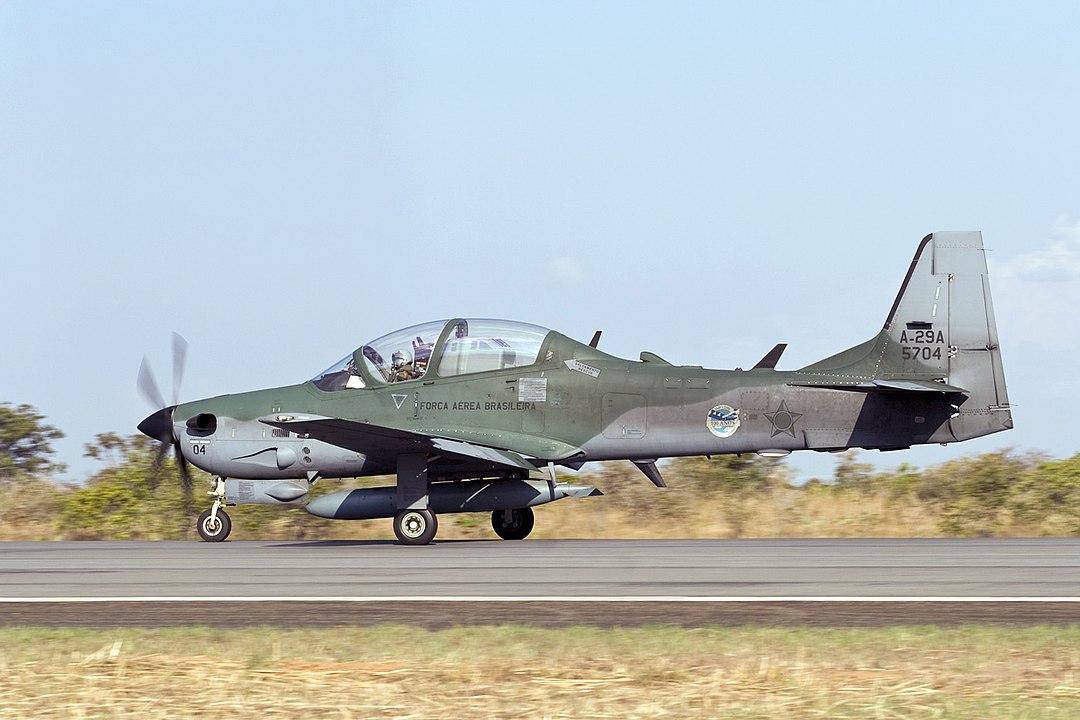
The OA-X aimed to find an aircraft that could offer armed reconnaissance, interdiction, and close air support from unimproved airfields, double as an advanced trainer, and integrate well with Air Force operations and allied forces.

The Super Tucano, no stranger to combat, has been in use with the Afghan Air Force and other U.S. allies in counterinsurgency operations.
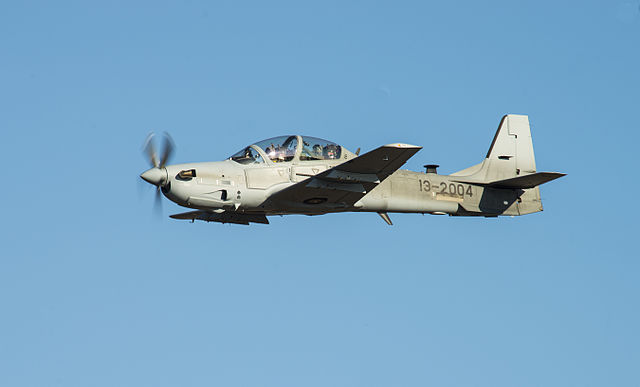
The prospect of replacing the A-10 remains a controversial subject, with concerns about pilot vulnerability and the necessity of the Warthog’s firepower in more contested environments.
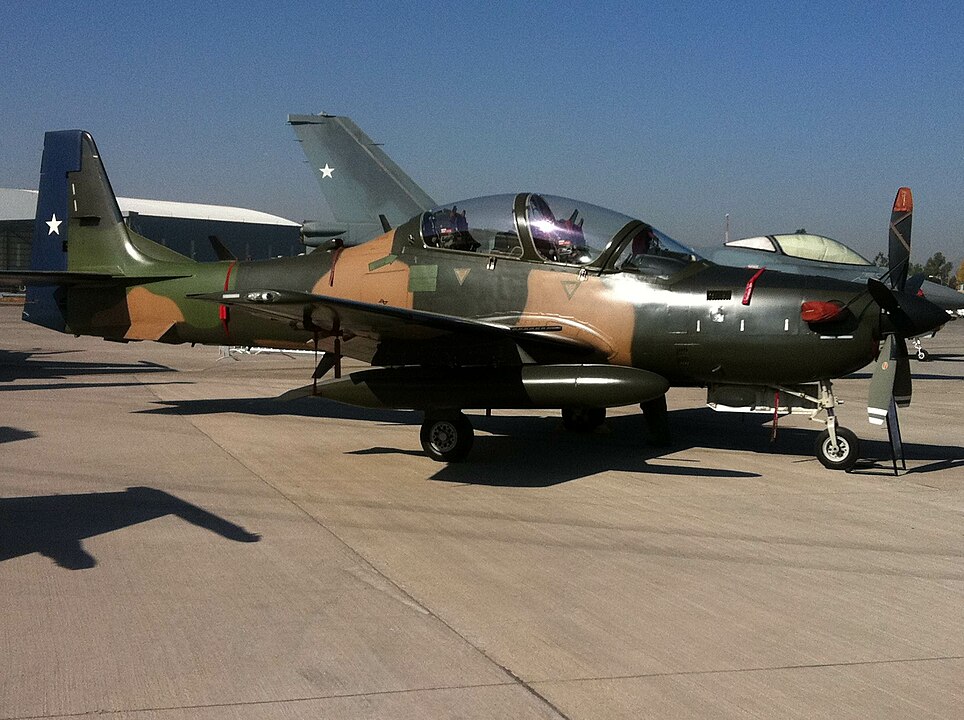
Major Joel Bier has noted that aircraft like the OA-X candidates could keep the Air Force’s readiness levels up and help address the pilot shortage while reviving reserve and guard squadrons’ flight times.
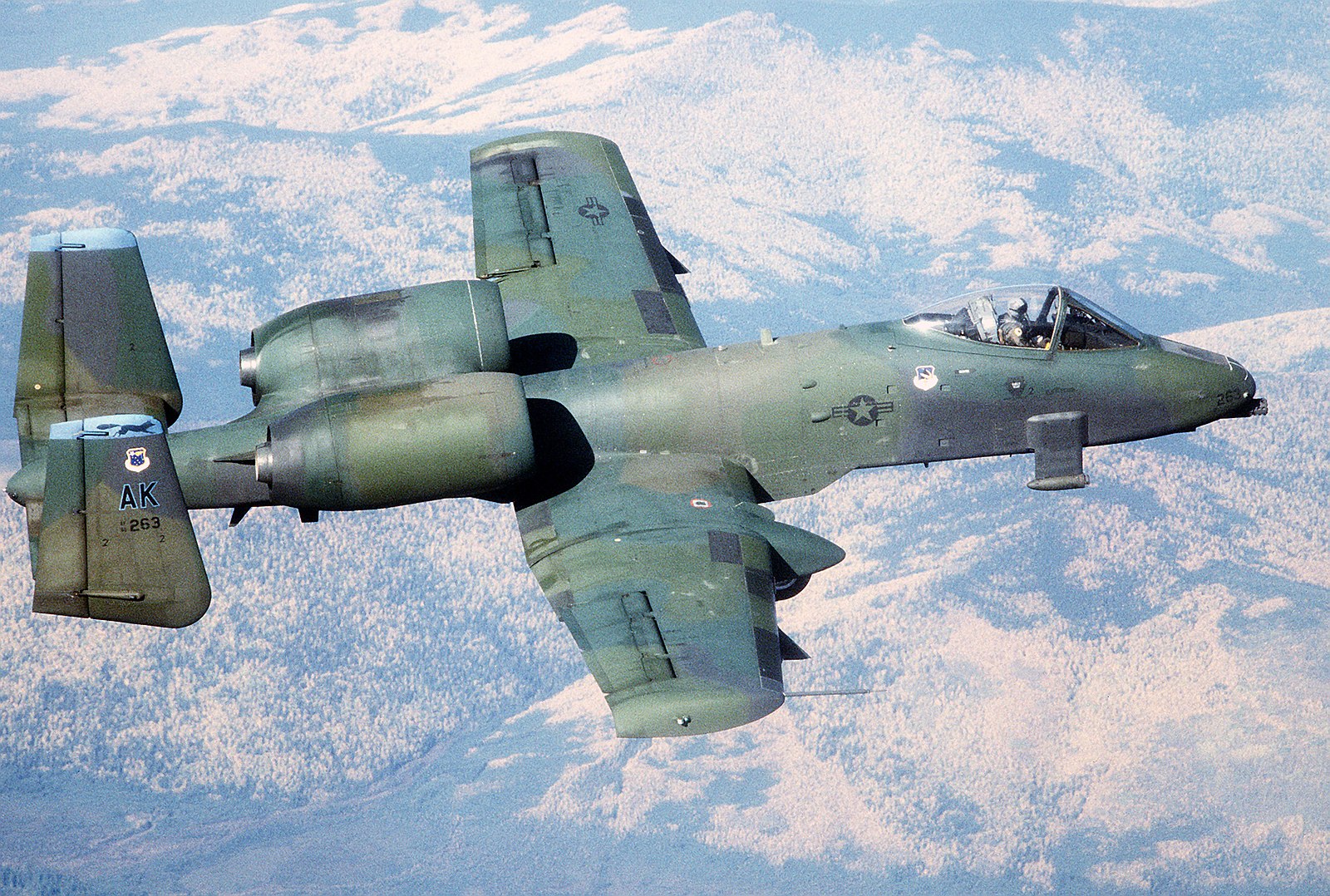
The OA-X aircraft could assist in alleviating the Air Force’s pilot shortage and revitalizing Air Force Reserve.

Air Guard squadrons that previously operated the A-10 and the F-16 have experienced reduced flight time due to retiring aircraft.
Relevant articles:
– A-29 Super Tucano: The Ultimate Replacement for the A-10 Warthog?, The National Interest
– Air Force tests two turboprops as potential A-10 “replacements”, Ars Technica
– This Brazilian trainer thinks it can replace the Warthog, We Are The Mighty
